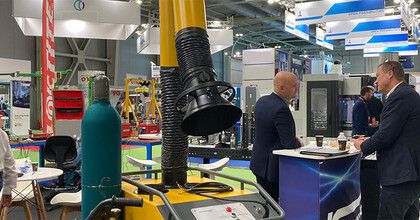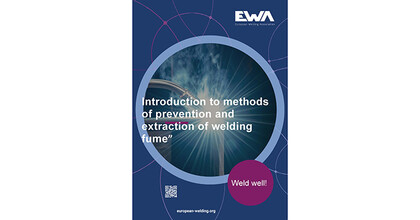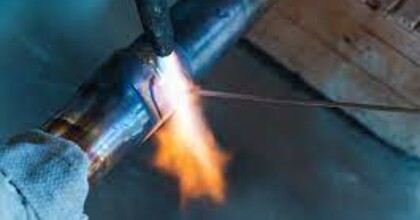When metals are heated above their melting point, they vaporize and condense into welding fumes. Most people know that these welding fumes are unhealthy and dangerous. Although not everybody in the metal industry – and in other lines of work where welding is done – is fully aware of the dangers, most of them are familiar with local exhaust ventilation and personal protection equipment to minimize the health risks that are involved with welding.
Recent scientific research shows that welding fumes are even more dangerous than we already knew. The International Agency for Research on Cancer, a special division of the World Health Organisation, evaluated the carcinogenicity of welding fumes, molybdenum trioxide and indium tin oxide. In 1989 scientists classified welding fumes as being ‘possibly carcinogenic’, but the group of scientists that met at the IARC last year concluded that there is ‘sufficient evidence’ that welding fumes cause lung cancer and there is ‘limited evidence' for kidney cancer.
Most studies reported increased risks of lung cancer in welders and other workers that are exposed to welding fumes. While asbestos exposure and tobacco smoking are also potential risks for welders, these factors do not account for the excessive lung cancer risk among welders. The results persisted after adjusting the data for smoking, asbestos exposure or both.
In the recent evaluation by IARC, welding fumes and UV radiation from welding have been classified as carcinogenic (Group 1).
Stricter guidelines
The Workplace Health Expert Committee that provides expert opinion to the British Health and Safety Executive (HSE), has agreed on reclassifying mild steel welding fume as a human carcinogen. For the HSE, these findings are reason for strengthening their enforcement expectation and providing strict new directives. Even if your company is not in the UK, the required actions outlined by the British HSE provide good advice for reducing health risks:
- Make sure exposure to welding fume released is adequately controlled using engineering controls (typically local exhaust or at source ventilation).
- Make sure suitable controls are provided for all welding activities, irrelevant of duration, including welding outdoors.
- When fume extraction and ventilation alone cannot control exposure, adequate and suitable respiratory protection equipment must be provided to control risk from any residual fume.
- Make sure all extraction, ventilation and protection devices are correctly used, suitably maintained* and are subject to thorough examination and testing, where required.
- Make sure any respiratory protection equipment (RPE) is subject to an RPE program. An RPE program encapsulates all elements of RPE use you need to ensure that your RPE is effective in protecting the wearer.
- RPE will only protect the wearer, capturing ‘at source’ is by far the best solution, preventing fumes from spreading throughout the workplace environment. However, if this is not practicable other engineering controls may be necessary. Remember IT IS NOT JUST ABOUT THE WELDER.
More information on welding fumes and cancer
Welding, Molybdenum Trioxide and Indium Tin Oxide - IARC Monographs on the Evaluation of Carcinogenic Risks to Humans Volume 118: https://publications.iarc.fr/569
*Note from Plymovent: This also includes replacing a filter in-time and (preferably) with an original filter cartridge for optimum performance of the extraction system.




